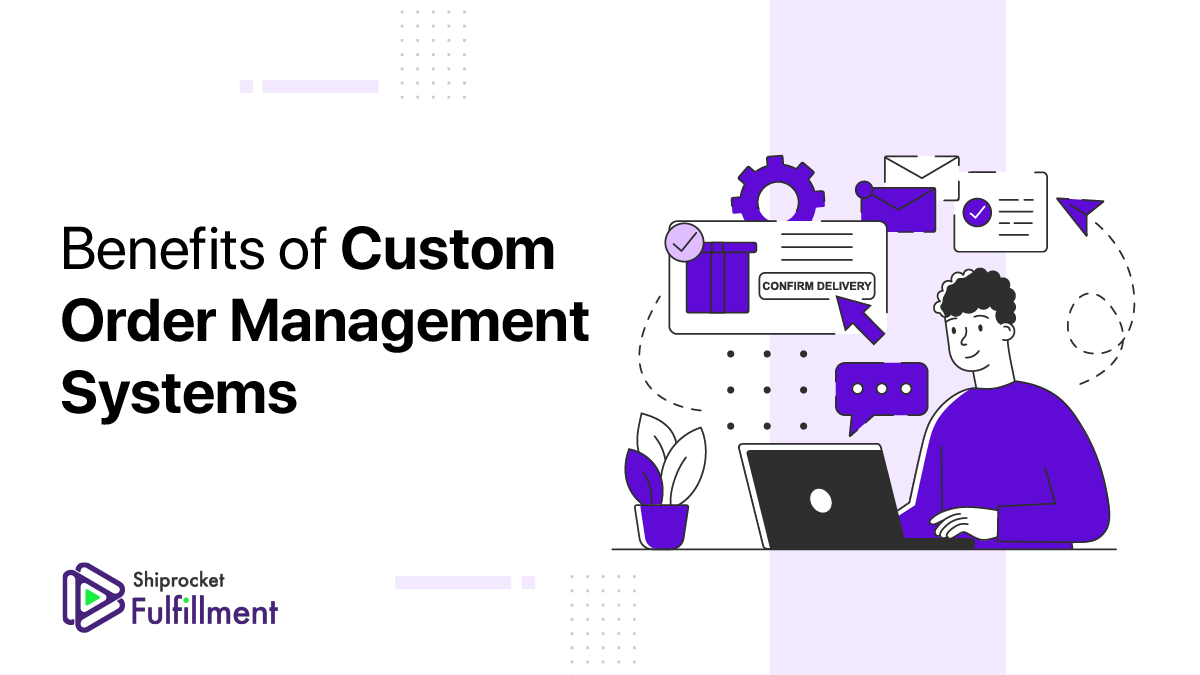
Unraveling the Benefits of a Custom Order Management System for eCommerce
To run your eCommerce business successfully, you need to be equipped with the best technology so that your supply chain operations...
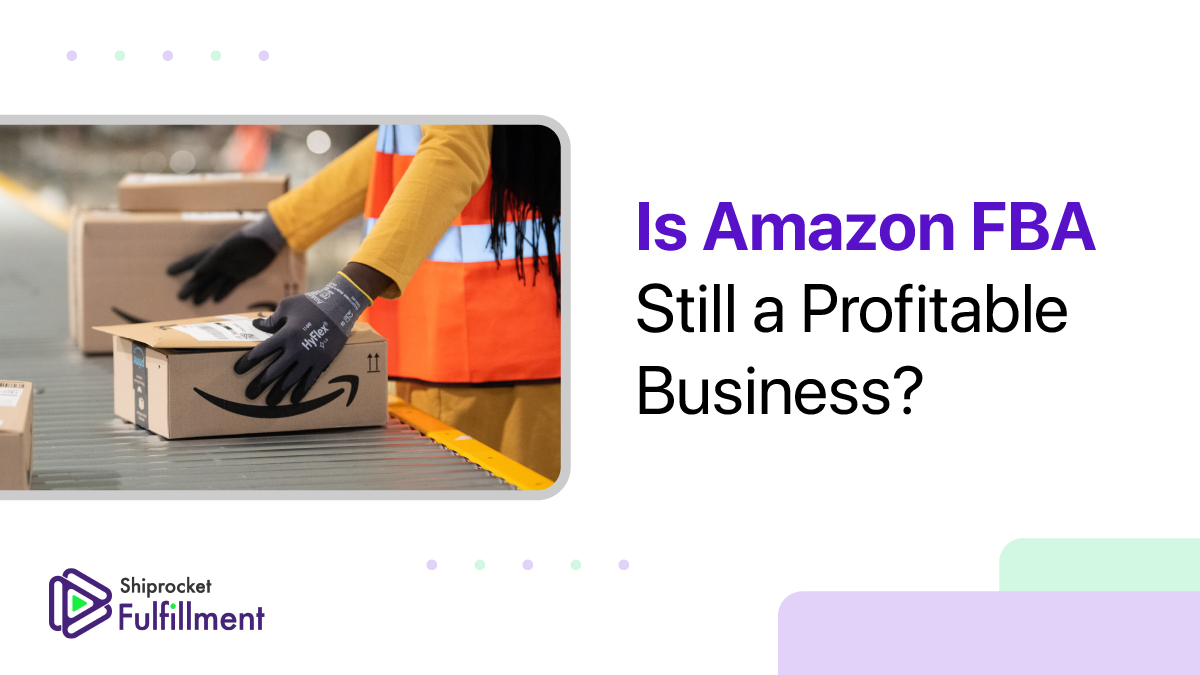
Is Amazon FBA Still a Profitable Business?
Many people assume that selling on Amazon is always a profitable business. However, the notion that you can start making millions...

Cold Chain Logistics: Elements & How Does it Work?
Cold chain logistics revolves around the transportation of temperature-sensitive products and maintaining a supply chain through thermal and refrigerated packaging methods....
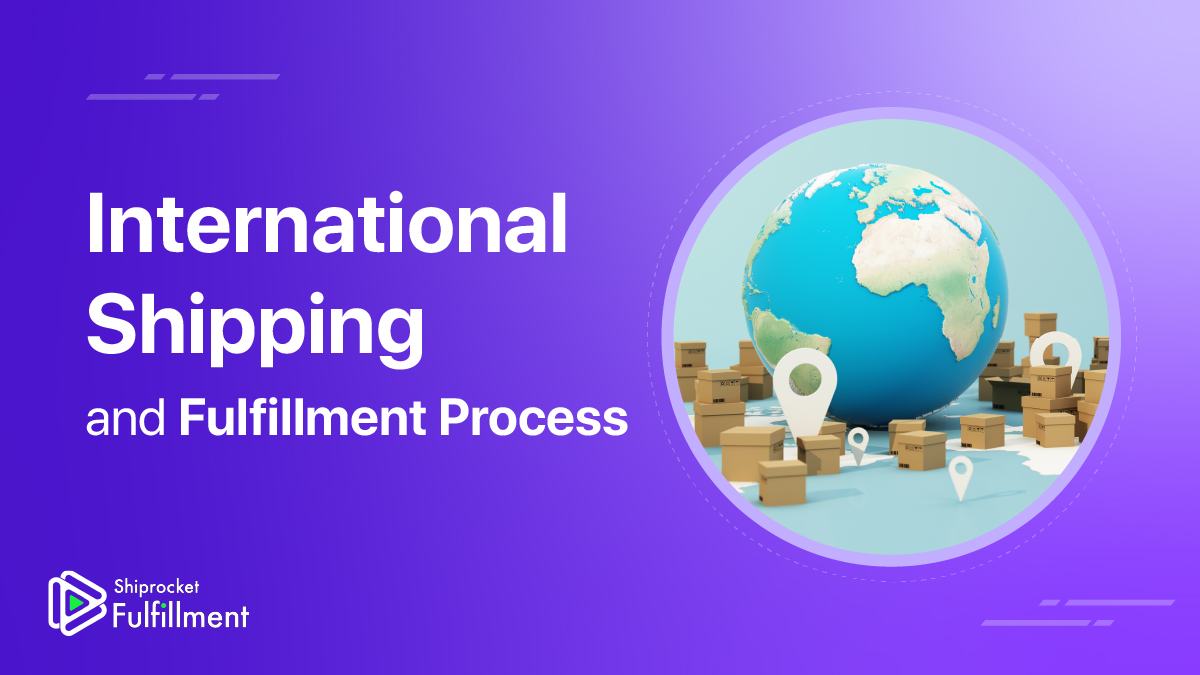
What is the International Shipping and Fulfillment Process Flow?
International shipping and fulfillment can be a game-changer for your business today. With eCommerce taking center stage, the world has definitely...

How to Download E-Way Bill and Other Details
Technology has simplified the entire eCommerce logistics process. The data flow and knowledge sharing that have been enabled due to information...
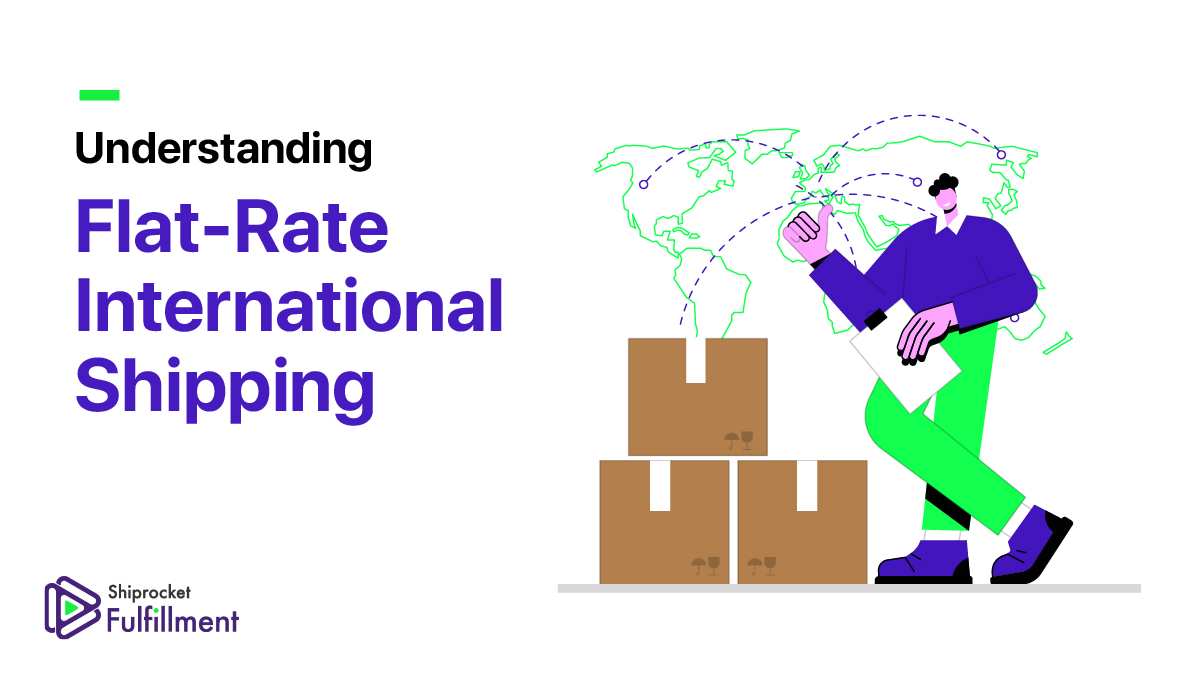
Understanding the Concept of Flat-Rate International Shipping
eCommerce shipping is the most vital aspect of your eCommerce fulfillment supply chain. It can affect your budget if you do...
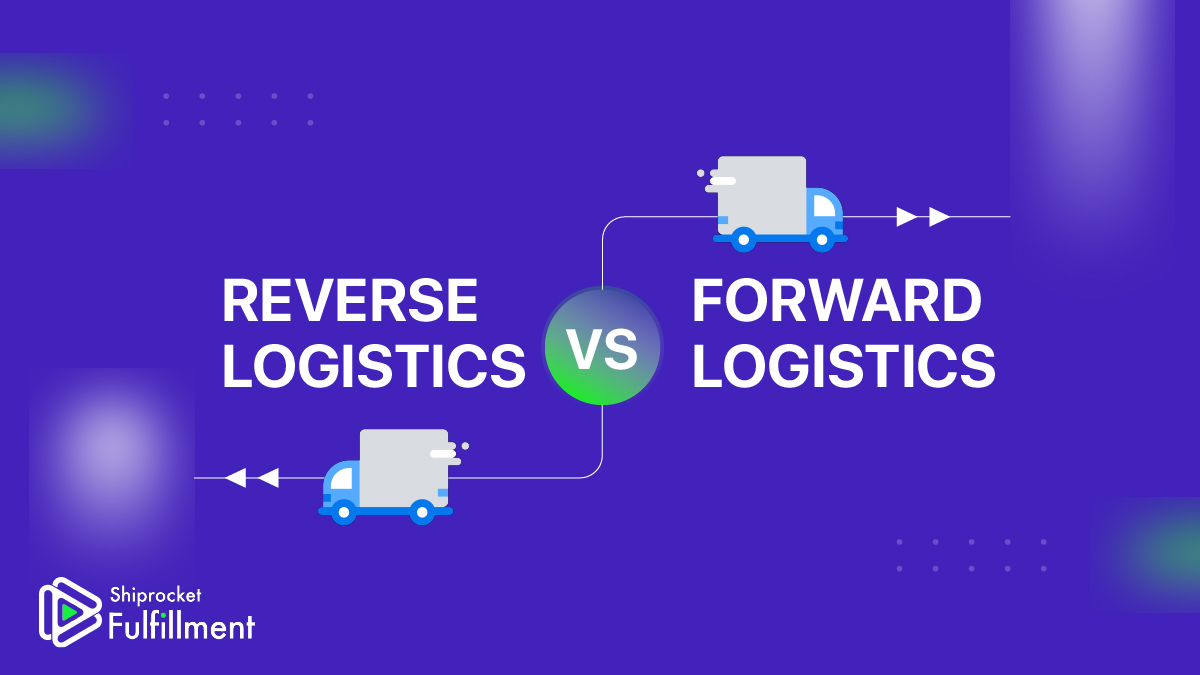
Reverse Logistics VS Forward Logistics: Understanding the Difference
The eCommerce industry has witnessed an overwhelming increase in the last few years. The worldwide pandemic has further accelerated growth. This...
What is Shipping Lead Time & Why is it Important for Order Fulfillment?
Once you receive an order, you must ship it out on time. How fast you process your orders before shipping them...
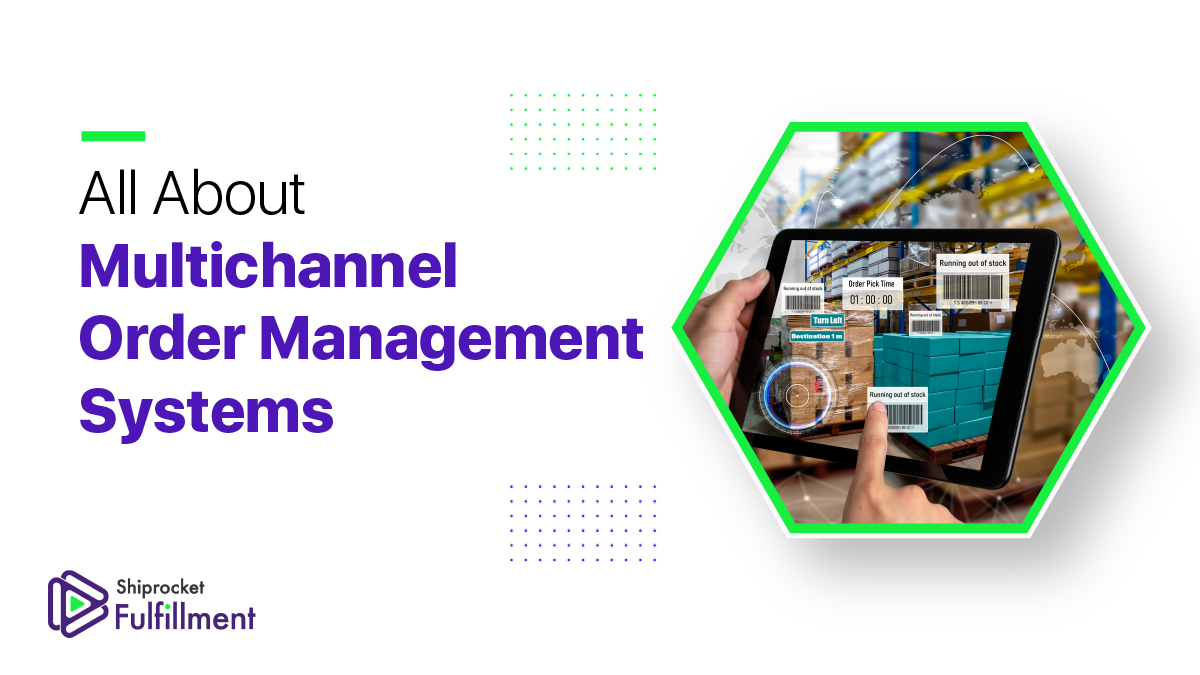
Understanding the Importance of Multichannel Order Management Systems
Order management is one of the most critical aspects of your eCommerce fulfillment supply chain. It defines how well you manage...
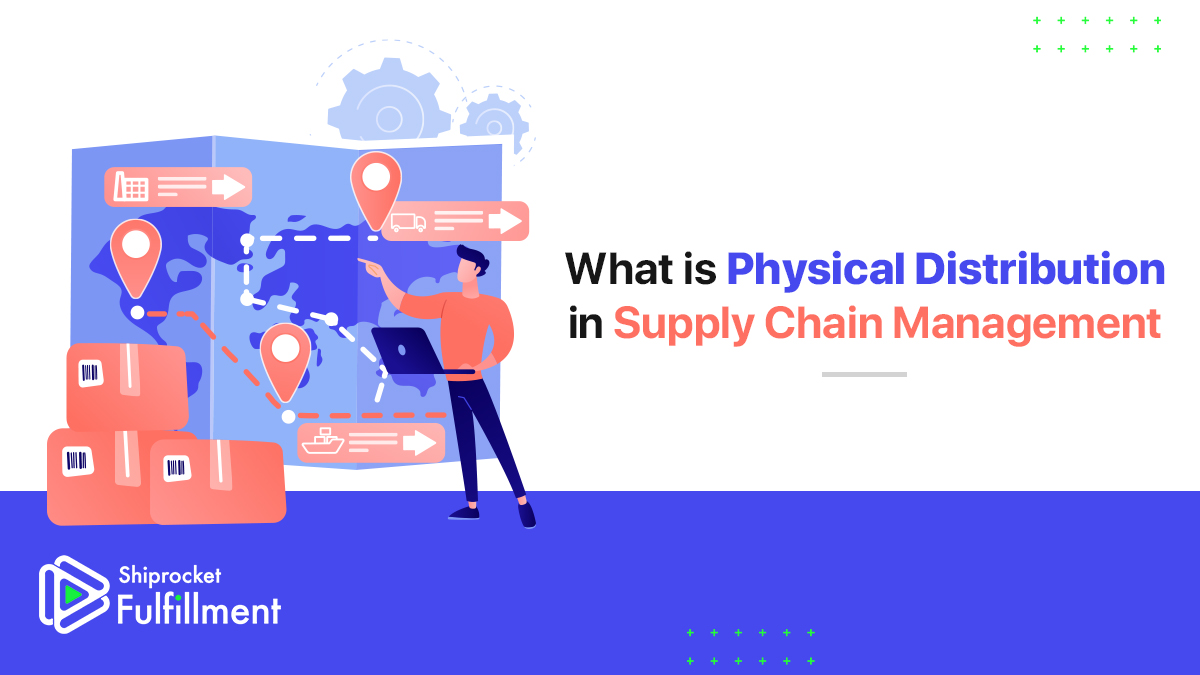
What is Physical Distribution in Supply Chain Management
Physical Distribution in supply chain management is the way retailers make their products available to the end consumers. It’s one of...
Subscribe to
Shiprocket newsletter
Get a callback from our expert within minutes
Trusted by Brands








